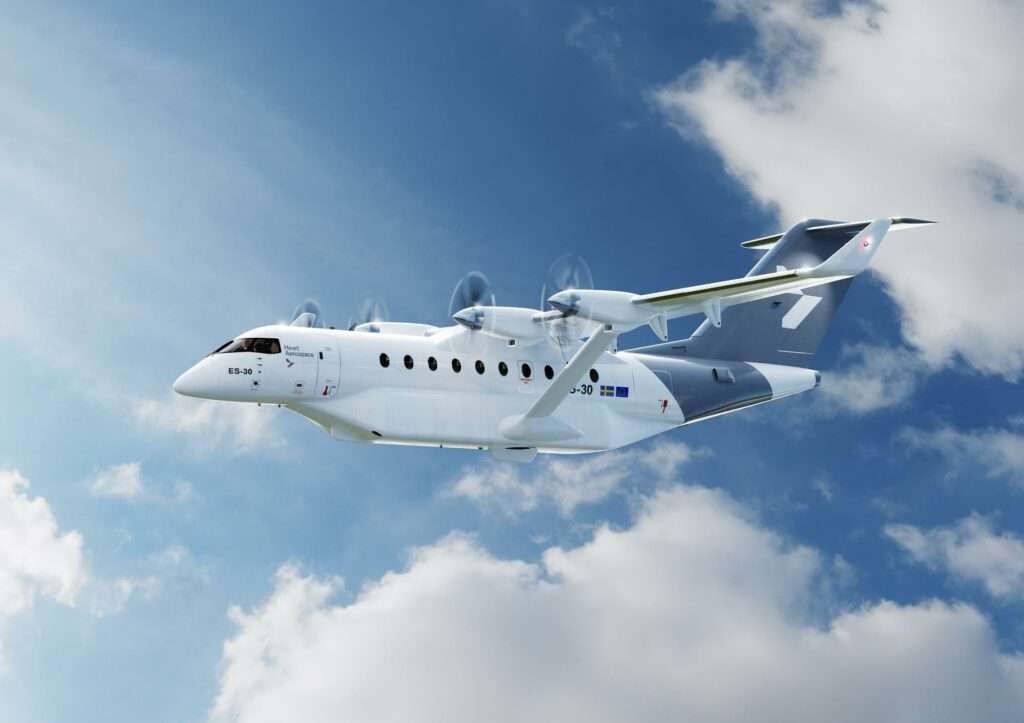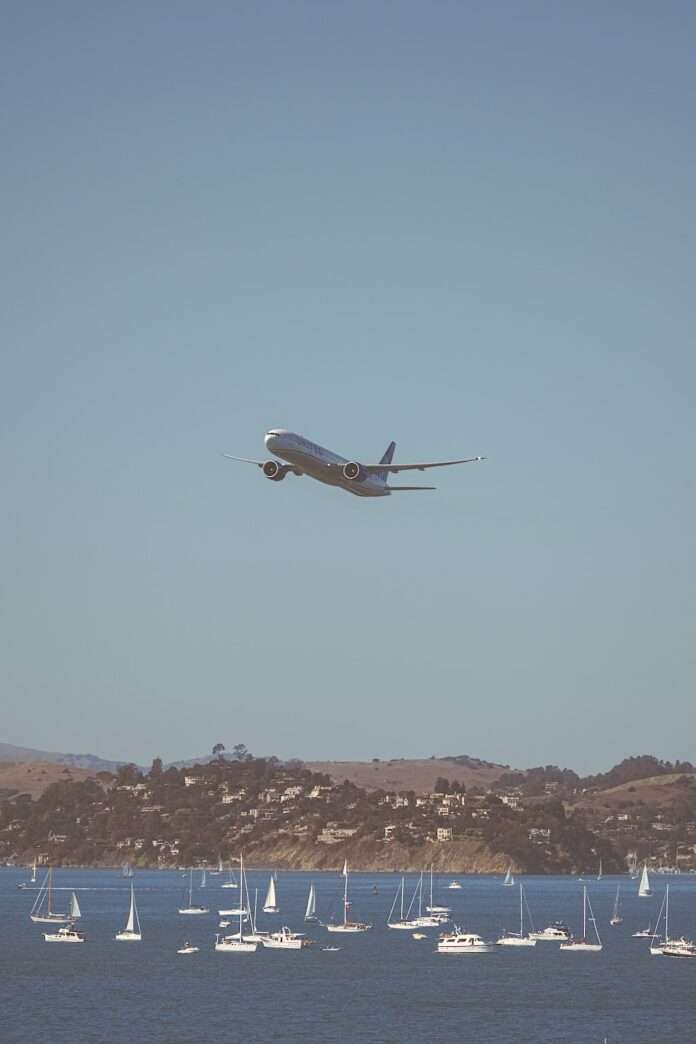United Airlines put in an order for 100 electric planes it says will be operational by the end of the decade.
United Airlines, the third largest airline in the U.S., says some of its regional routes will fly electric planes by 2030. The announcement is part of its ambitious 2050 net-zero target.
United is working with Heart Aerospace, a Swedish electric plane developer. It currently has 100 planes on order from Heart Aerospace. Heart Aerospace has additional orders from Air Canada, Mesa Air Group, and Icelandair.

The first electric planes from Heart, 30-seaters dubbed ES-30, are expected to begin operation for United in 2028. The planes will be entirely operated on electric motors with battery energy for a range of 124 miles (200 kilometers). Planes will charge in about 30 minutes. The aircraft will also contain a reserve hybrid engine that runs on sustainable aviation fuel that will double the plane’s range.
“We cannot continue doing and operating our business the way we do; it is imperative that we change it, and the way we’re going to change it is through investing in technology,” Mike Leskinen, United Airlines Ventures president, said in an interview at CNBC’s ESG Impact virtual conference on Thursday.
“Existing technology is going to either cause us to fly less, which is an unacceptable alternative, or continue with a carbon footprint, which we believe is equally unacceptable,” Leskinen said.
‘200 miles or less’
“Initially we want to fly on routes that are 200 miles or less,” he said. “But as that energy density increases, that same aircraft will have a range of 250 miles, 300 miles, which is going to give us a lot more utility here connecting our hubs.”
According to Leskinen, United will initially focus the electric aircraft on short routes with Chicago O’Hare International Airport and Denver International Airport bookmarked as early key markets. And it may be more cost-effective than standard-fuel engine planes.

“As we adopt electric aircraft, I think the cost for a 30-seat aircraft, 50-seat aircraft as the industry evolves is going to be lower cost than a traditional aircraft,” Leskinen said, noting that small cities are “going to get either service that they didn’t have before or greater frequency of service.”
Sustainable aviation fuel
The news comes less than a year after United made the first U.S. commercial flight on sustainable aviation fuel (SAF)—taking passengers from Chicago’s O’Hare airport to Dulles in Washington D.C.
“Today’s SAF flight is not only a significant milestone for efforts to decarbonize our industry, but when combined with the surge in industry commitments to produce and purchase alternative fuels, we’re demonstrating the scalable and impactful way companies can join together and play a role in addressing the biggest challenge of our lifetimes,” United CEO Scott Kirby, who was on the D.C. flight, said in a statement last November.
United has been championing the use of SAF; it says it has made the biggest SAF commitment of any airline. Its Eco-Skies program, which launched in 2020, has more than two dozen corporate partners that helped it purchase nearly six million gallons of SAF last year—enough to reduce more than 53,000 metric tons of GHG emissions or fly passengers more than 372 million miles.

Fuel is one of the biggest challenges for the airline industry, which makes up two percent of all global emissions. But current regulations only allow for 50 percent SAF in commercial flights even though the materials and tech exist to run exclusively on SAF.
SAF can come from 60 different types of feedstocks including plant oils, algae, greases, fats, waste streams, alcohols, sugars, and captured CO2. among other sources and processes. Switching to SAF could see the aviation industry reduce its carbon contribution from fuel by up to 80 percent, according to the Air Transport Action Group and the International Air Transport Association.
United has been exploring a number of lower-emission options including electric air taxis, hydrogen-powered planes, and making investments into technologies working to solve the industry’s issues.
Last month, it announced plans to purchase 200 electric air taxis from Eve Air Mobility, with plans to acquire an additional 200. It is also investing $15 million in Eve.
Heart Aerospace has received funding from United along with investments from Bill Gates’ Breakthrough Energy Ventures and EQT Ventures.


